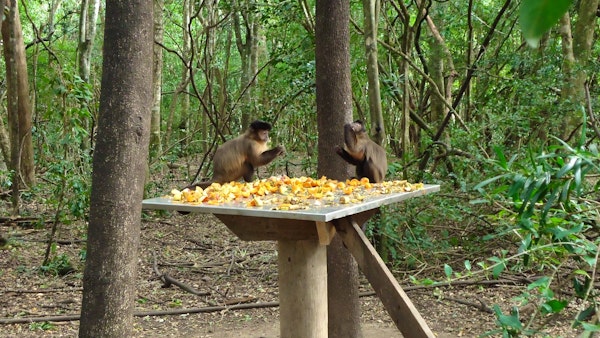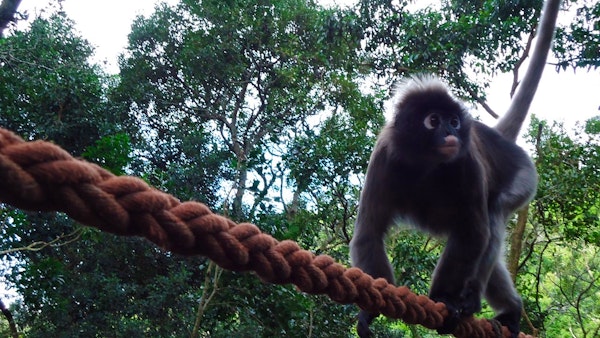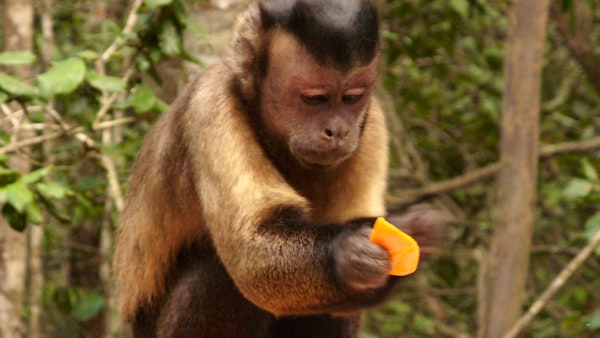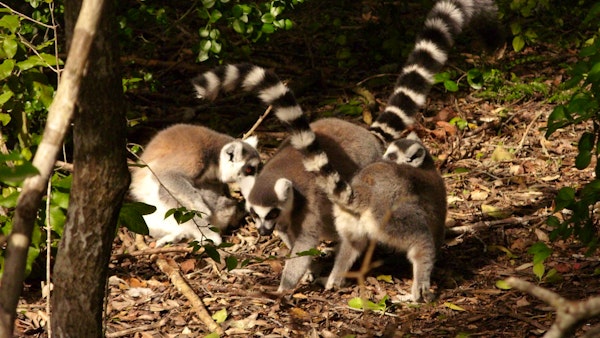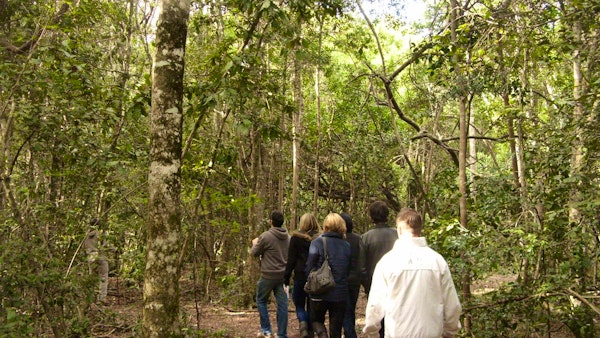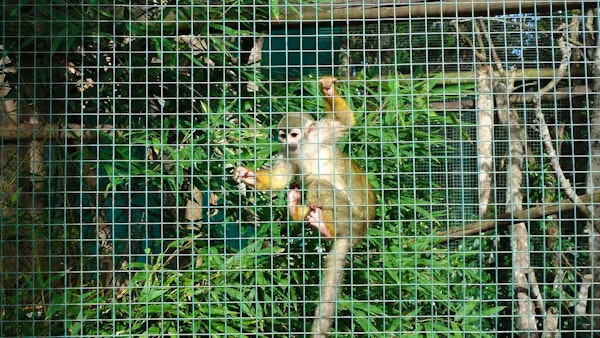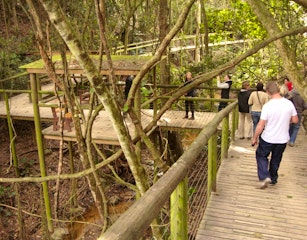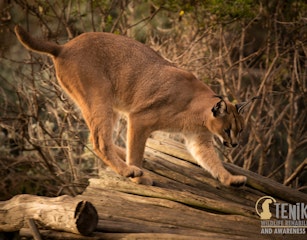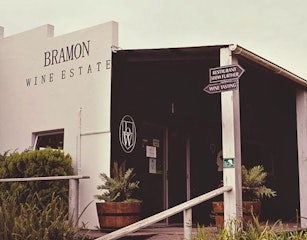Monkeyland
Kaart
Nabygeleë besienswaardighede
As jy al so ver gekom het, het jy dit duidelik geniet om oor Monkeyland te lees! Hoekom maak jy nie 'n vakansie daarvan nie? Kliek hier om meer akkommodasie–opsies naby Monkeyland te sien.
Sien Akkommodasie
Kliek hier om meer akkommodasie–opsies te sien
Kliek hier om meer akkommodasie–opsies te sien
Jy sal dalk ook daarin belangstel om na ons akkommodasie in Lithoteng te kyk, of om oor Lithoteng te lees.

Kliek hier om terugvoer te gee.
Laat weet ons asb. as iets op dié webblad verouderd of onakkuraat is.

